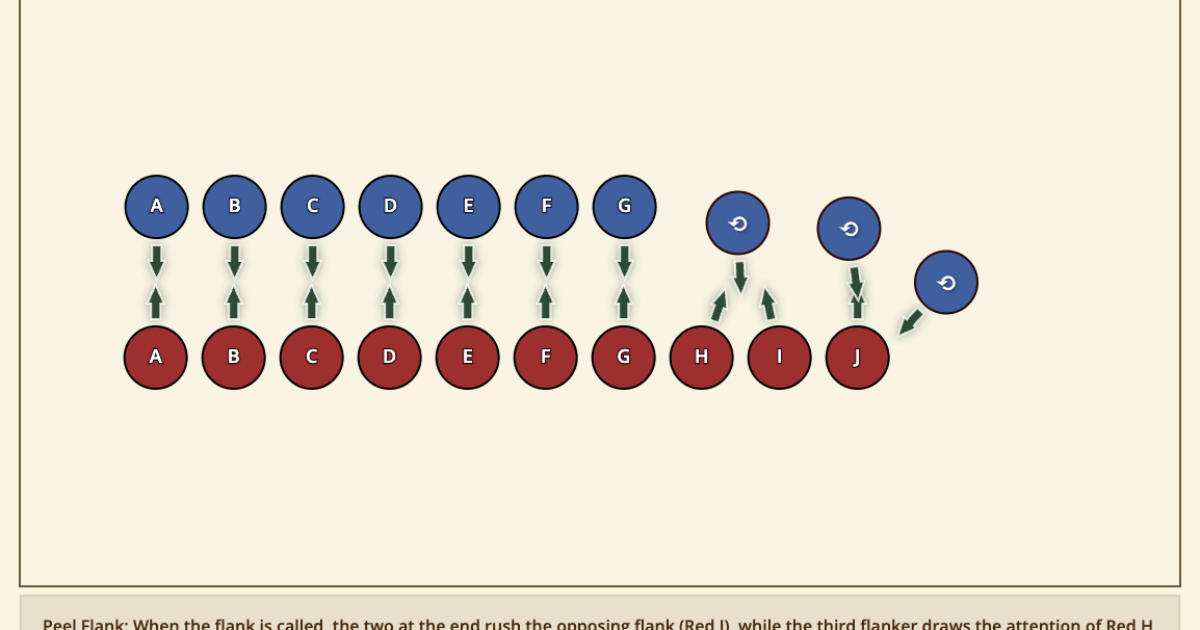When we talk about a Fencer’s Physicality instead of Mentality, we often think about the basic skills we are using. Blocks, Attacks, Footwork, etc… That’s all well and good, but I wanted to take a broader look this past week and focus on the building blocks of physicality itself. From there, as always, how could I apply it to fencing. Before I dive into the application though, let’s review some definitions.
Let’s Define a Few Things
Strength
In essence, strength is the maximum force you can exert on an object either as a resisting or imposing force. You can see this in fencing when two fencers are pressing their blades together trying to gain dominance over the centerline. The stronger fencer can exert more force and therefore overcome the resisting force of the other fencer, gaining the line. Strength doesn’t guarantee a win in every contest, but it does help place you in better positions in certain situations.
Power
If strength is the maximum force one can exert on an object, power is the development of that force over a period of time. The fencer who can generate their maximum force in the shortest time is the more powerful fencer. Think about footwork. Your legs may be strong, but the more quickly you can push off leads to more explosive steps. Power and explosiveness are beneficial in just about every aspect of fencing because as you fight having access to potential force more quickly leads to more opportunities.
Speed
Speed is an easy one to see in fencing and its impact is constantly evident, but there are two aspects: overall speed and acceleration. Similar to how strength relates to power, you have a maximum overall speed and then the amount of time it takes to reach that speed, which is acceleration. A fencer may have a higher overall speed, but if they accelerate slowly they may be at a disadvantage over someone who accelerates quickly. Just watch a few attacks and snipes and you’ll see what I mean.
Endurance
Endurance is something we hear about regularly because our ability to continue fighting over the course of practice is based on our own endurance. But there’s also endurance over the short and long term. Can you maintain the same level of fighting over several hours at practice and can you maintain the same level of high exertion through the course of a single fight. The slow burn versus the fast burn if you want to think about it that way.
Agility
And finally, we have Agility which is the ability to perform tasks in a coordinated fashion, quickly and easily. As we fight we are constantly adjusting and maneuvering our entire bodies, usually in completely different ways from each other. This makes agility a requirement in every aspect of our fencing and the more agile fencers will have an advantage in almost all aspects of the sport.
How to Apply it
So before you go too far adrift and think that one element is better than the others, let me just say that they are all important. They are all interconnected and woven together in different ways.
Below are a couple of potential combinations of these five pieces of physicality. One has a slightly high level of Power and Endurance, while the other has higher levels of Strength and Agility. You do not need to have a 10 in each category to be an effective fencer. You don’t even need a 5.


To be an effective fencer, you just need to understand how to properly apply these principles and when.
This whole week I’ve been stewing over the concept of physicality and I kept coming back to the “Strong VS Weak” theory that Don Aaron would so often teach. The idea goes that if someone approaches you with strength, respond with weak and vice versa. Back to the idea of two fencers pushing against each other blades, for example. Rather than matching strength for strength, pivot to weak and disengage under their blade. While they’re reeling from their over-commitment to strength, you can strike quickly with a simple shot.
The examples aren’t limited to just blade work, but strong vs weak are seen all over fencing and they lead to some of the best opportunities you’ll ever find.
Then, if you expand that concept a little, you can see how utilizing strength, power, speed, endurance, and agility at different points and against different approaches can lead to new opportunities.
If your opponent approaches the fight with STRENGTH, maybe you could use ENDURANCE to subvert the fight and find your way through it. Most fights only last a few exchanges and while your opponent’s strength may be to their advantage, what would happen if it had been spent after three passes? If you can survive long enough, do you think the tables would turn?
What about one of those really fast fencers? They may be quick, but can a well-timed explosion of power push through an opening and land the shot? Of course, it could!
None of these categories of physicality is unstoppable, unbeatable, or insurmountable. Like one giant game of Rock, Paper, Scissors, Lizard, Spock, if you can choose the right one at the right moment, you should have a good shot at claiming victory.

